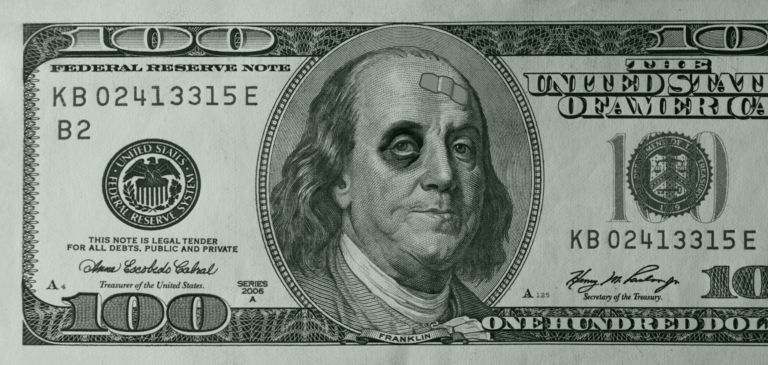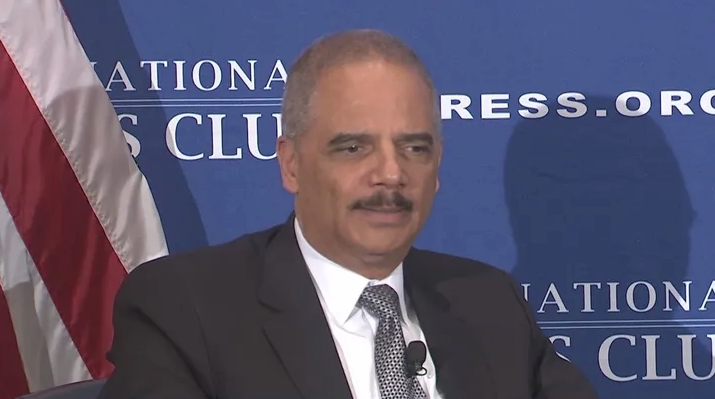That’s the title of an opinion piece published last week in the Proceedings of the National Academy of Sciences. Here are some excerpts:
Forensic science is at a crossroads. It is torn between the practices of science, which require empirical demonstration of the validity and accuracy of methods, and the practices of law, which accept methods based on historical precedent even if they have never been subjected to meaningful empirical validation. The field is in dire need of deep and meaningful attention from the broader scientific community. Without such guidance, forensic science and law enforcement risk withholding justice from both defendants and crime victims. The scientific community must step forward to promote, defend, and advocate for science in forensic science. …
Some forensic methods have been rooted in science. Medicolegal death investigation emerged from medical science, because death investigation was connected to the protection of public health. Techniques of analytical chemistry were applied to the certain types of evidence, such as seized drug analysis, toxicological analysis, and aspects of instrumental analysis applied to trace evidence. More recently, molecular biology gave rise to DNA typing to forensic applications.
The evolution of other forensic disciplines, particularly those related to pattern evidence, followed a different course, having been developed primarily within law enforcement environments or at the behest of law enforcement. Disciplines, such as fingerprints, firearms, and tool marks, blood-stain pattern analysis, tread-impression analysis, and bite mark analysis matured largely outside of the traditional scientific community during a time when admissibility standards for scientific evidence had yet to be formulated. Thus, admissibility of such evidence rightly or wrongly created judicial precedent in decisions that often did not—or could not—involve the level of research that would today be needed to establish scientific validity.
The adaptation of DNA typing methods to forensic casework, a pivotal event in forensic science, catalyzed a reassessment of the scientific validity of other methods used in forensics. … DNA typing allowed a person to be linked to a sample with frequencies of less than one across the population of the world (i.e., less than one in eight billion). The use of rigorously estimated probabilities as a tool to weigh the relative importance of the data marked a critical turning point in forensic science.
During the same time, fingerprint analysis was also used to identify individuals as the source of impressions, but without either population data (on the similarity among fingerprints) or empirical studies (on the performance of examiners) providing estimates of the probability for false-positive matches. In retrospect, it is clear that DNA evidence and its success changed our views and expectations of forensic science. …
In the 1990s, three critical Supreme Court rulings in civil cases provided guidance regarding the admissibility of evidence in federal cases. In Daubert v. Merrell Dow Pharmaceuticals, Inc., 509 US 579 (1993), the judge was assigned a gatekeeping role to ensure that expert scientific testimony was found to be reliable before it could be admitted as evidence. In General Electric Co. v. Joiner, 522 US 136 (1997), the Court made clear that scientific testimony must be relevant to the case at hand to be admissible. Finally, the decision in Kumho Tire Co. v. Carmichael, 526 US 137 (1999) broadened the scope of expert testimony to include all types of technical evidence, while holding fast to the reliability and relevancy requirements. These three cases, often referred to as the Dauberttrilogy, generated a two-pronged test for the admissibility of evidence ruling, namely that scientific evidence used in court must be both reliable and relevant.
The Daubert trilogy represents a critical milestone in the intersection of science and the law by demanding that admissibility decisions rely on contemporaneous scientific standards. Although the admissibility of DNA evidence slightly preceded the Dauberttrilogy, it provides a good model for how modern scientific advances should be integrated into the justice system: namely, scientific validation should precede admissibility.
Additionally, DNA typing has had a significant impact on forensic science through exonerations of false convictions. … DNA evidence has overturned more than 100 false convictions. Causes of false convictions are mistaken witness identification, perjury or false accusations, false confessions, official misconduct, inadequate legal defense, and false or misleading forensic evidence. In those cases where forensic science was cited as a primary cause of the false conviction, the most common methods used were forensic biology (serology), hair examinations, and bite marks.
This does not mean that all previously admitted types of evidence are necessarily invalid, but it does require, at the very least, that validity be now established by appropriate scientific standards before they can continue to be used. This requirement poses a dilemma to prosecutors—and to some extent to law enforcement—who face an inherent risk and disincentive in arguing for scientific validation studies that could call into question past convictions based on methods that no longer pass muster. Even when scientific studies clearly debunk a methodology, some prosecutors appeal to past legal precedent to persuade courts to admit evidence, as seen in the case of bite mark evidence. The scientific community must step up to counter this pressure.


